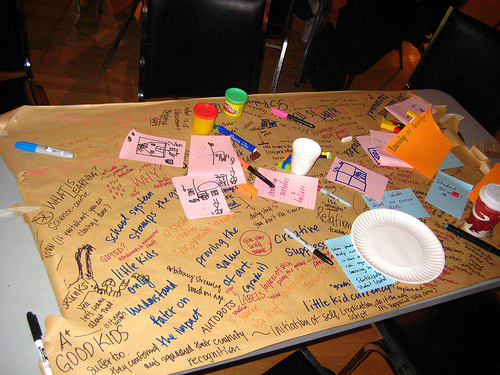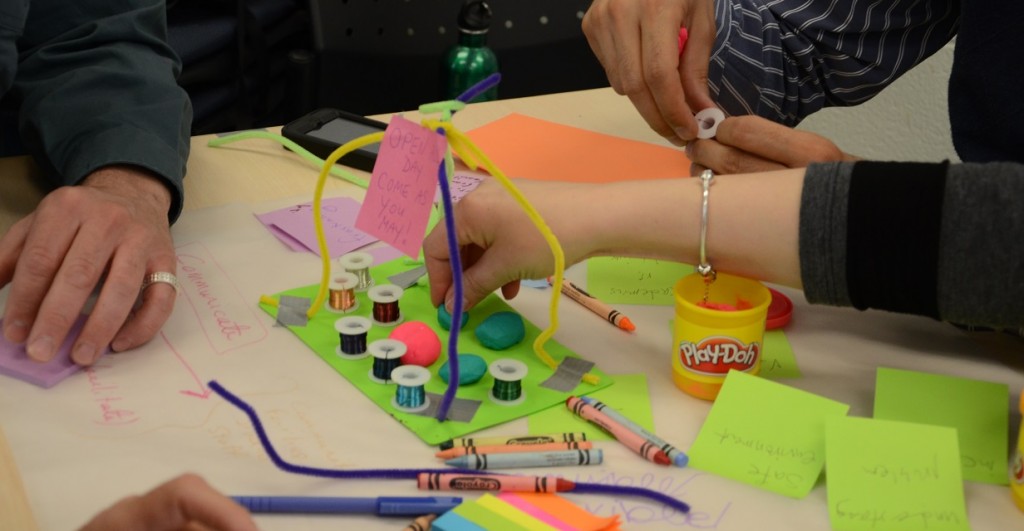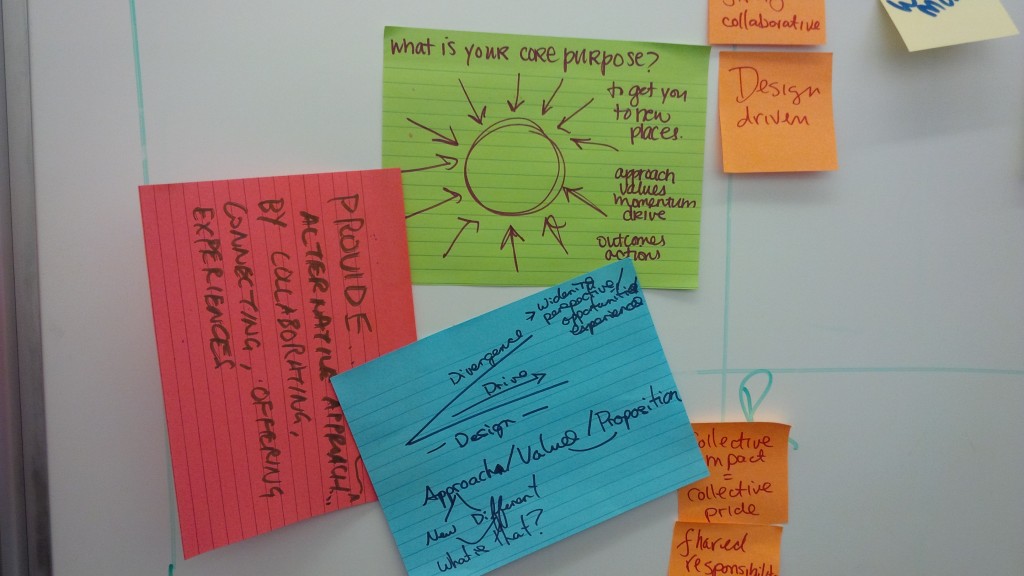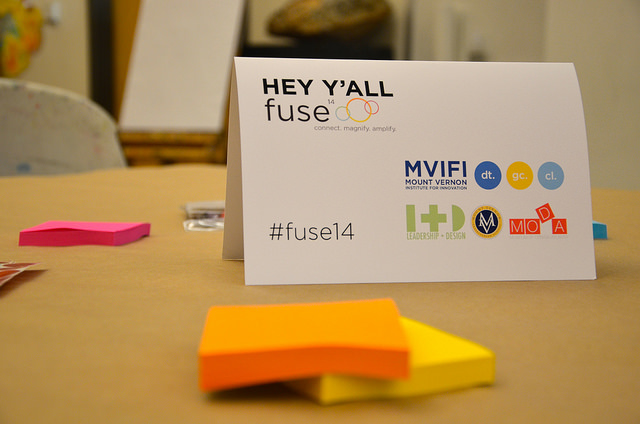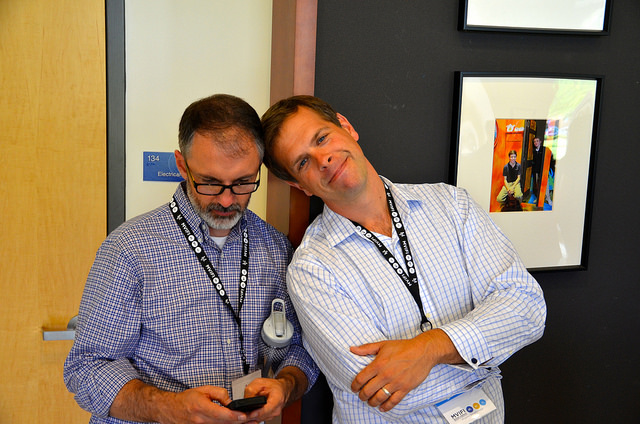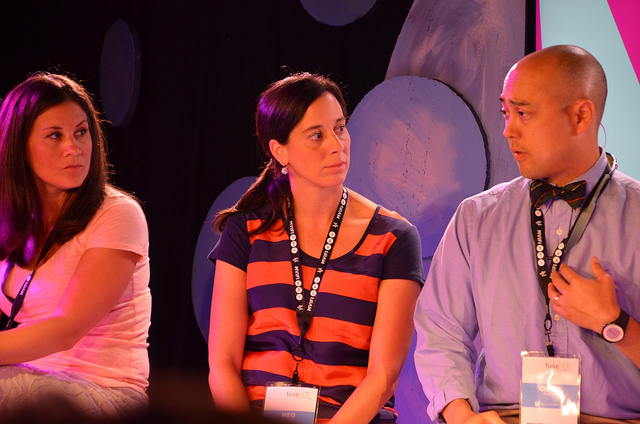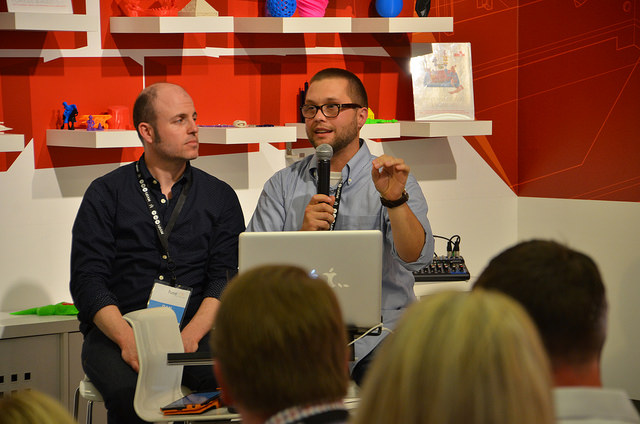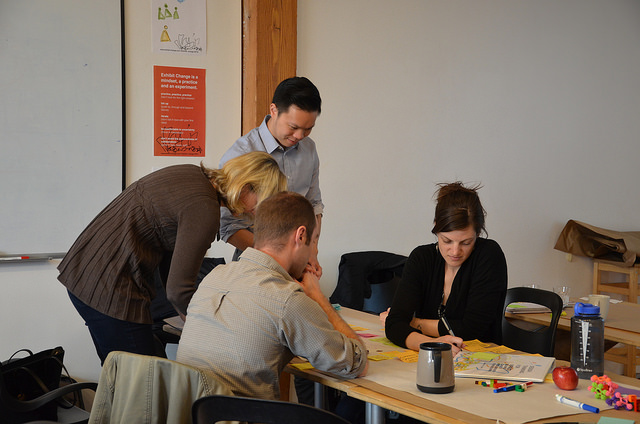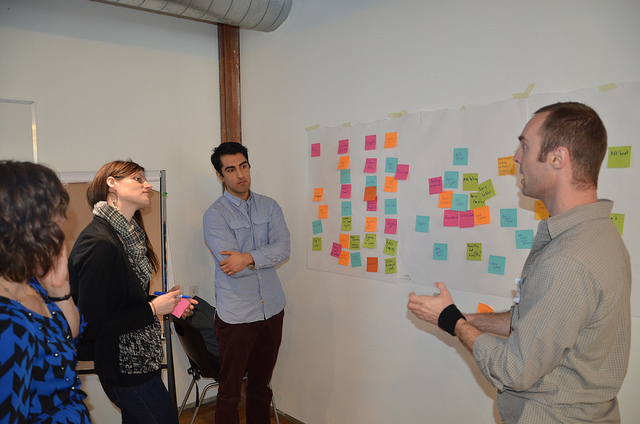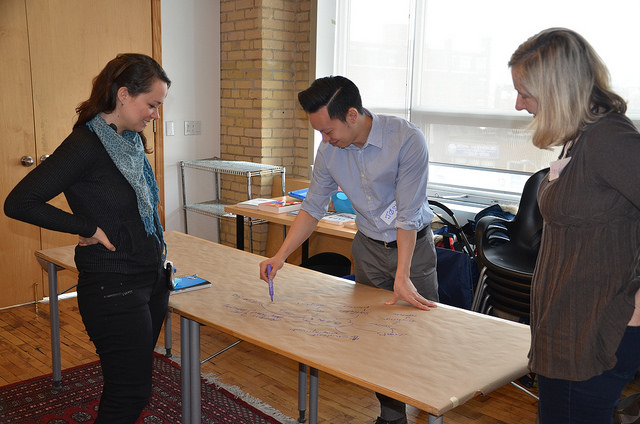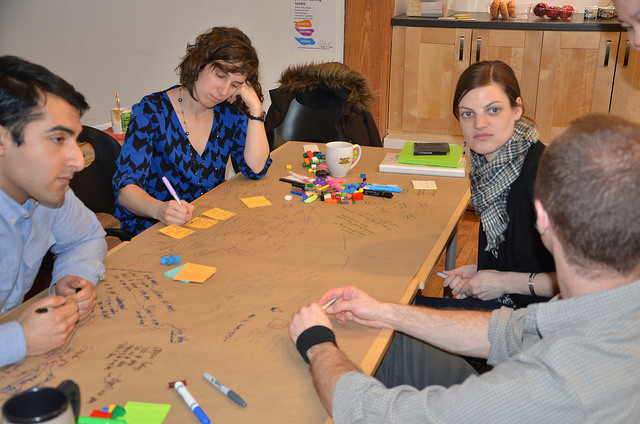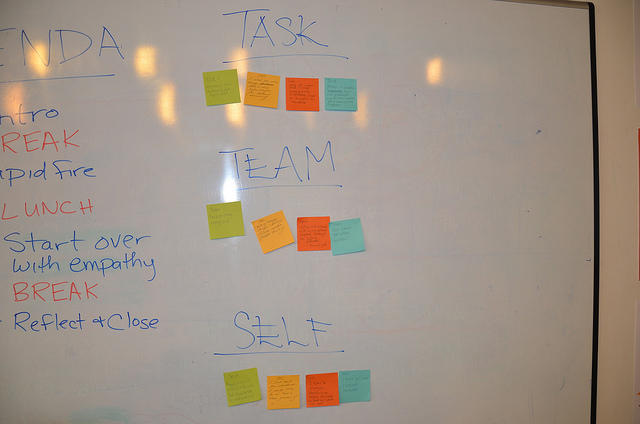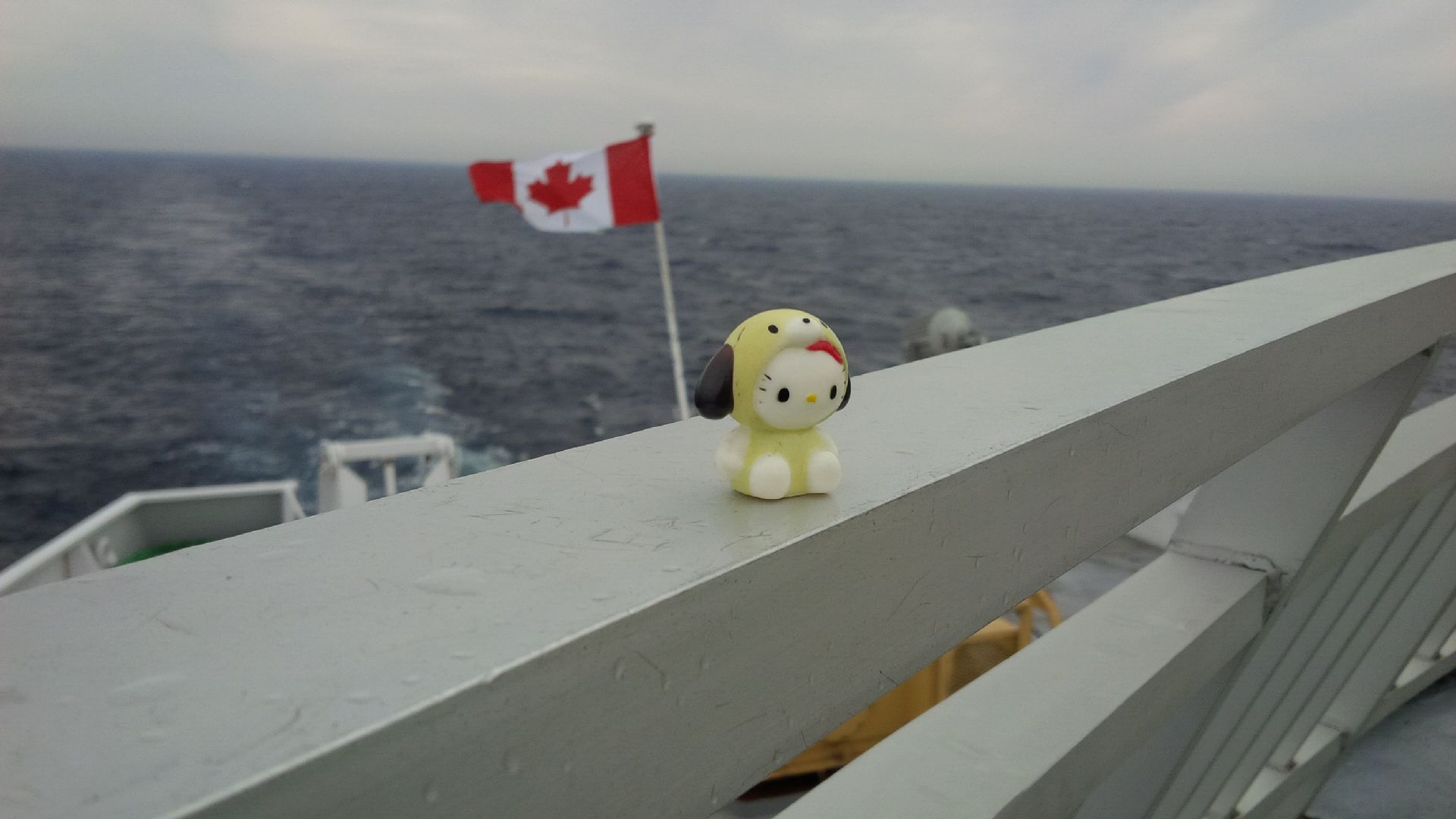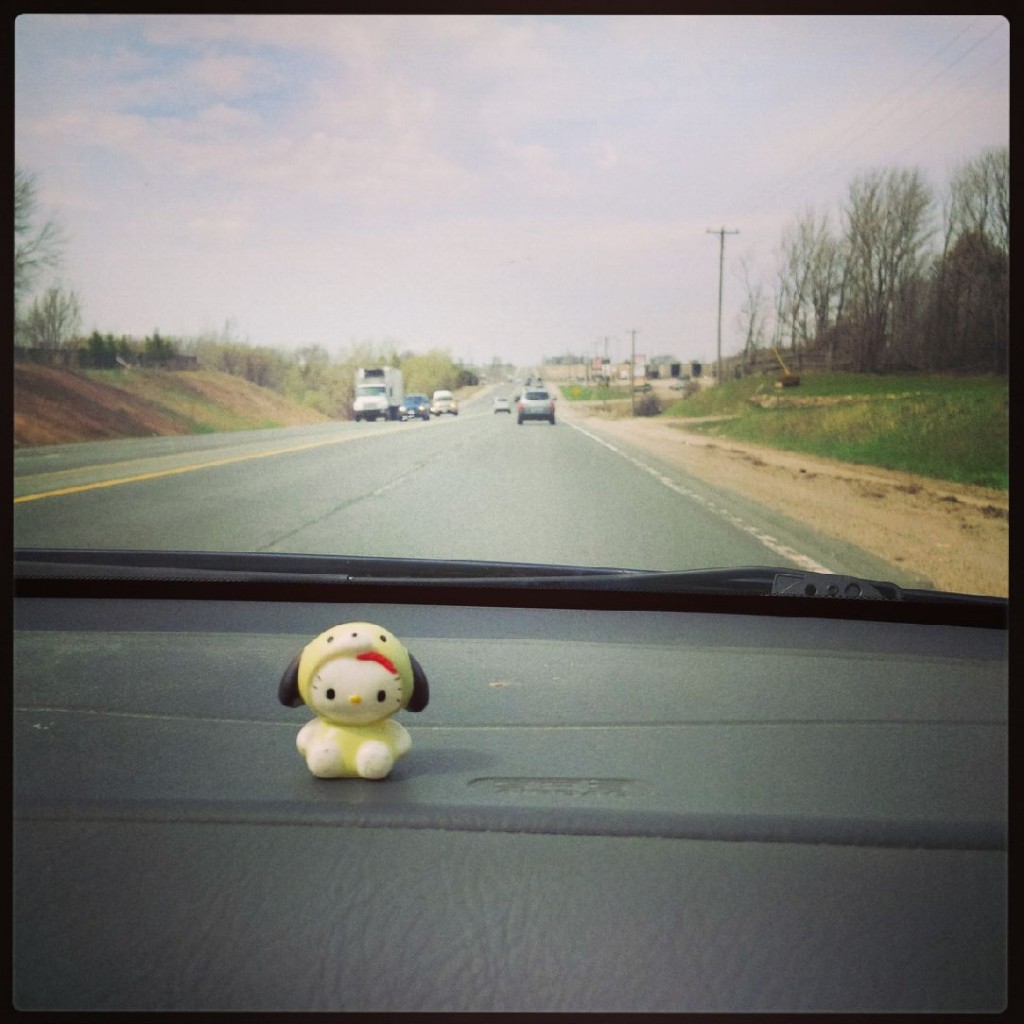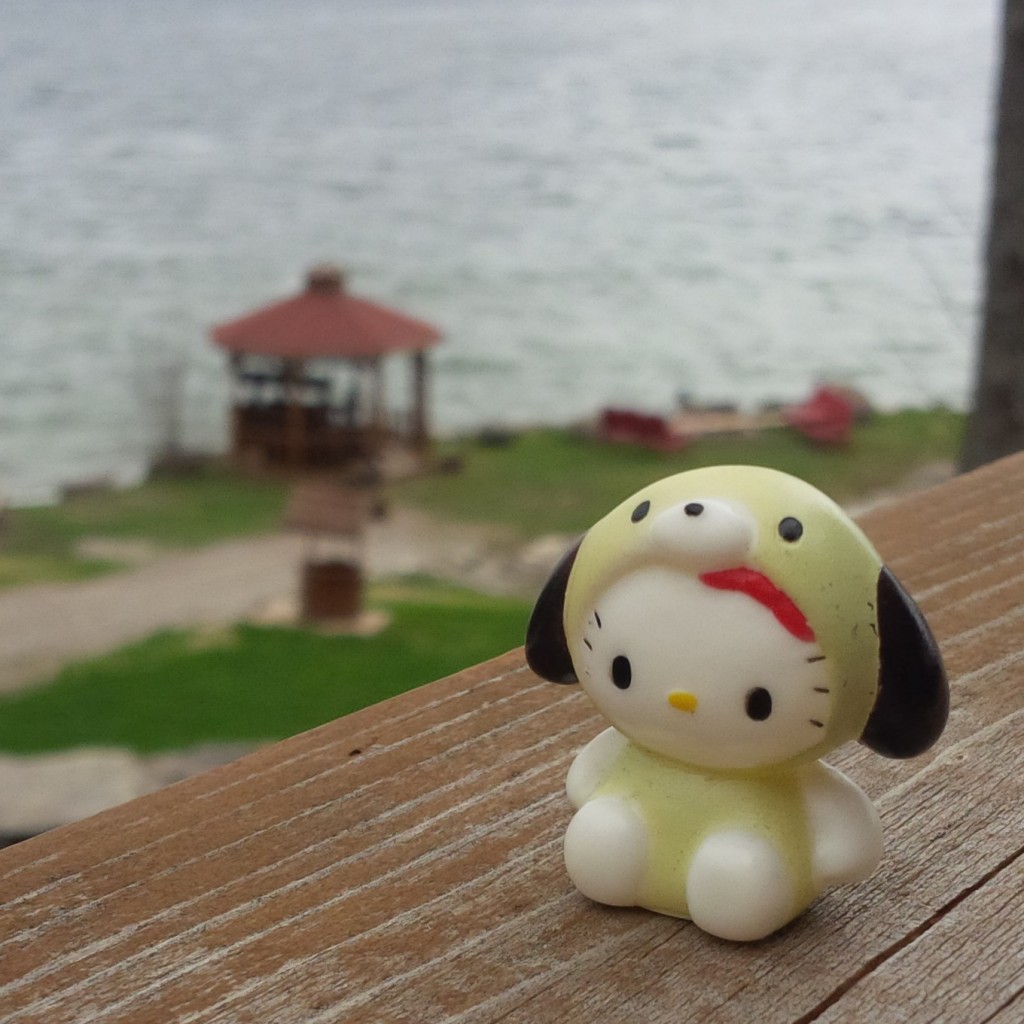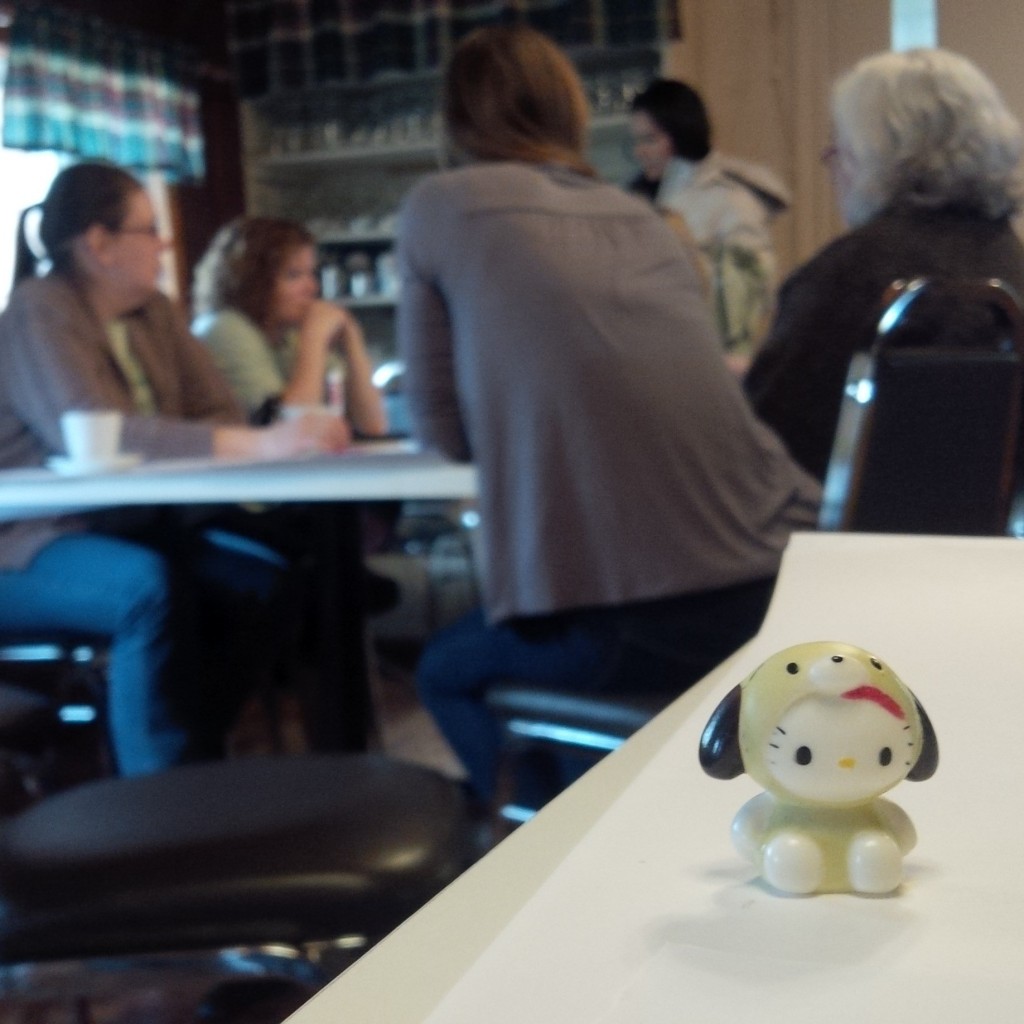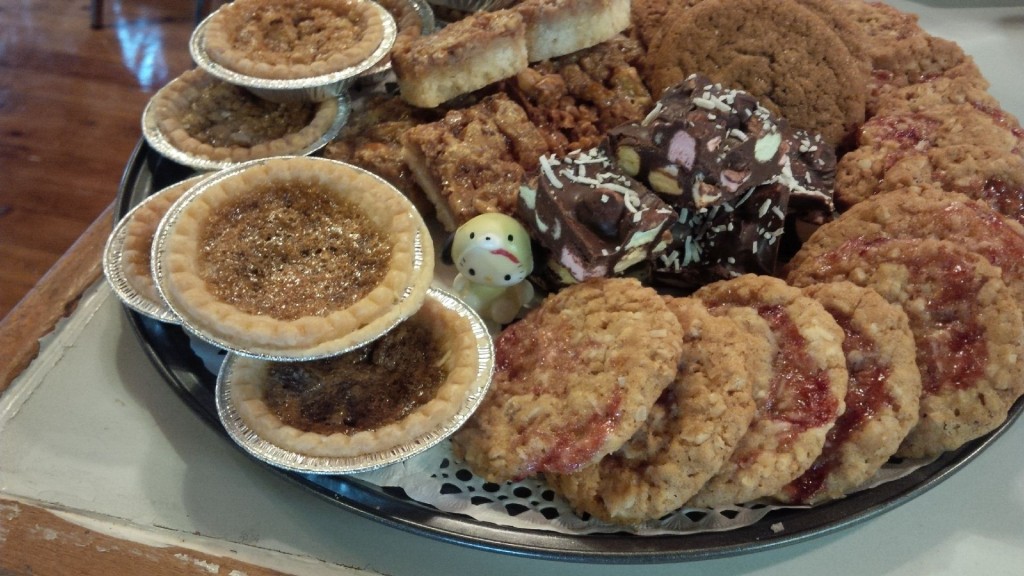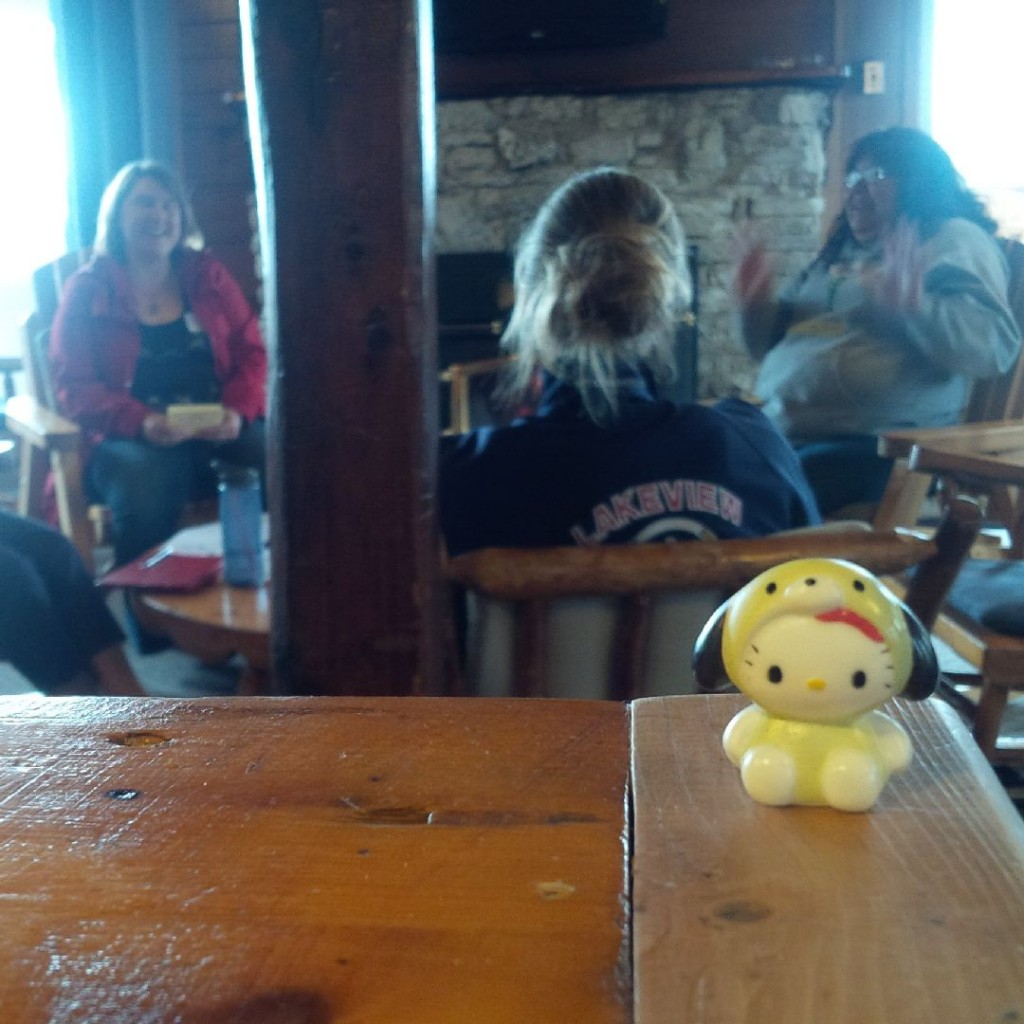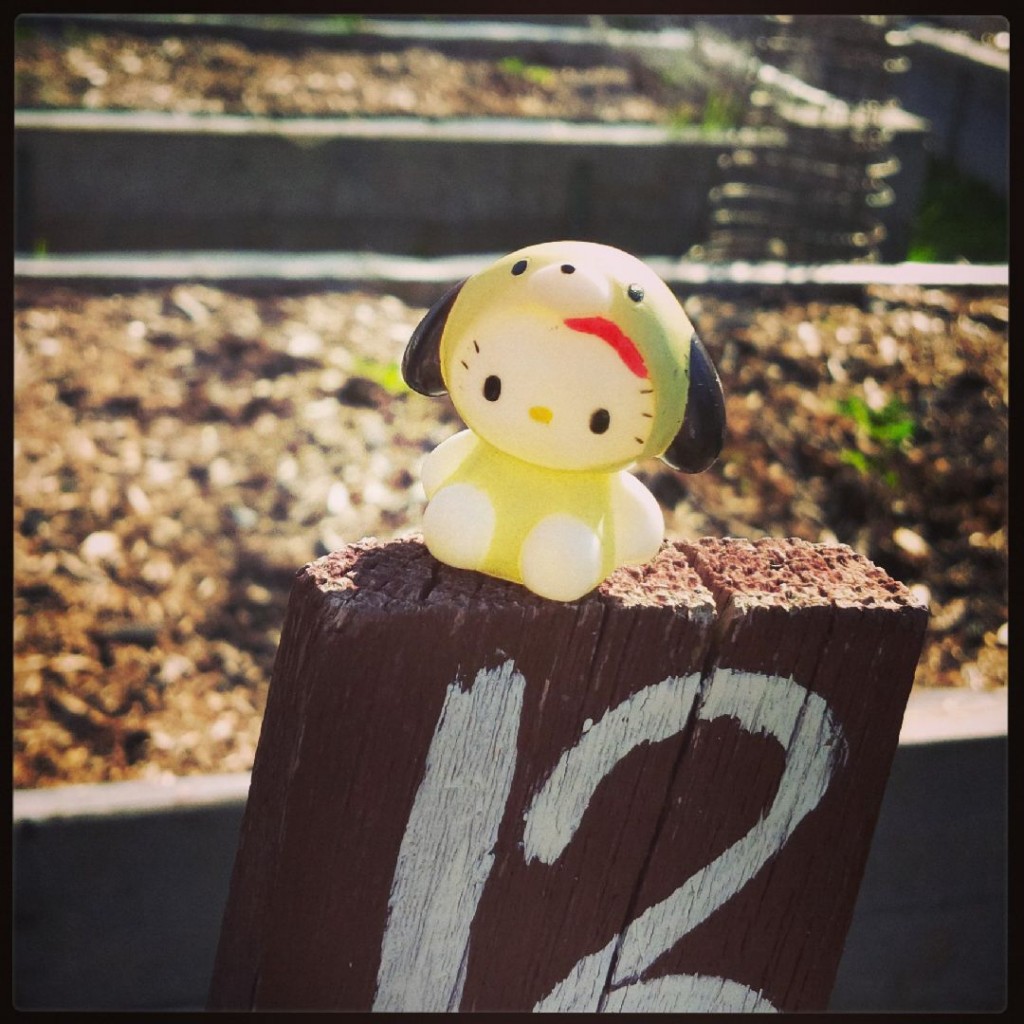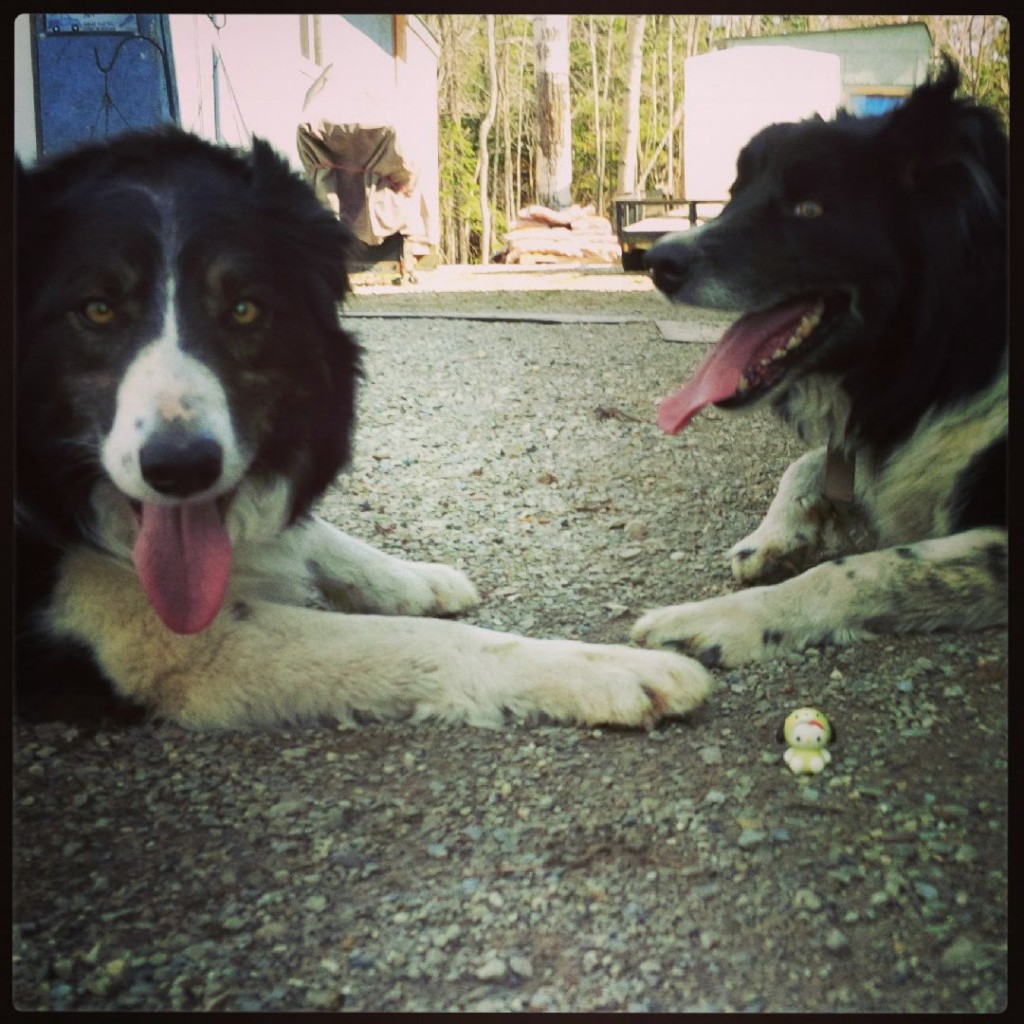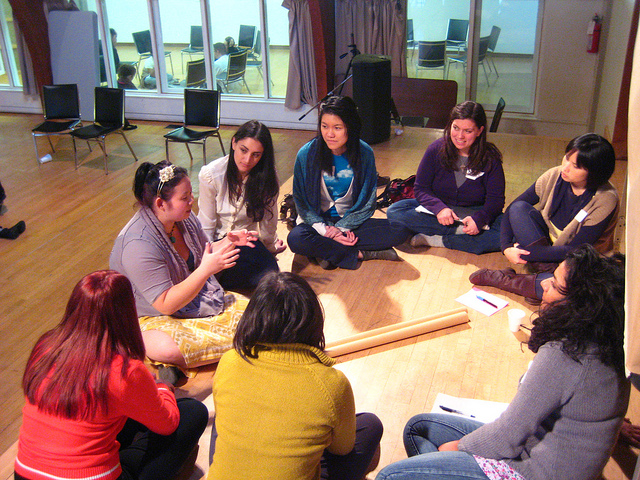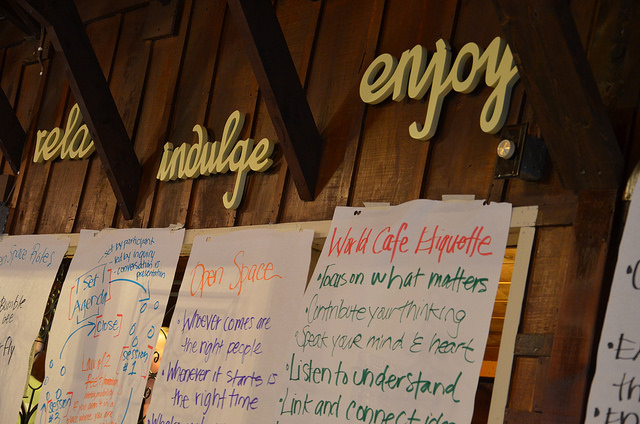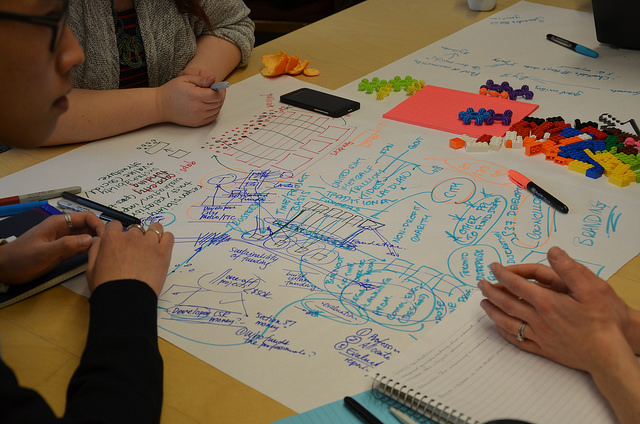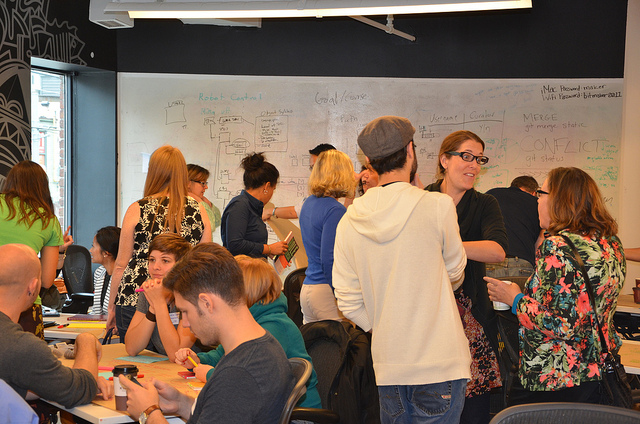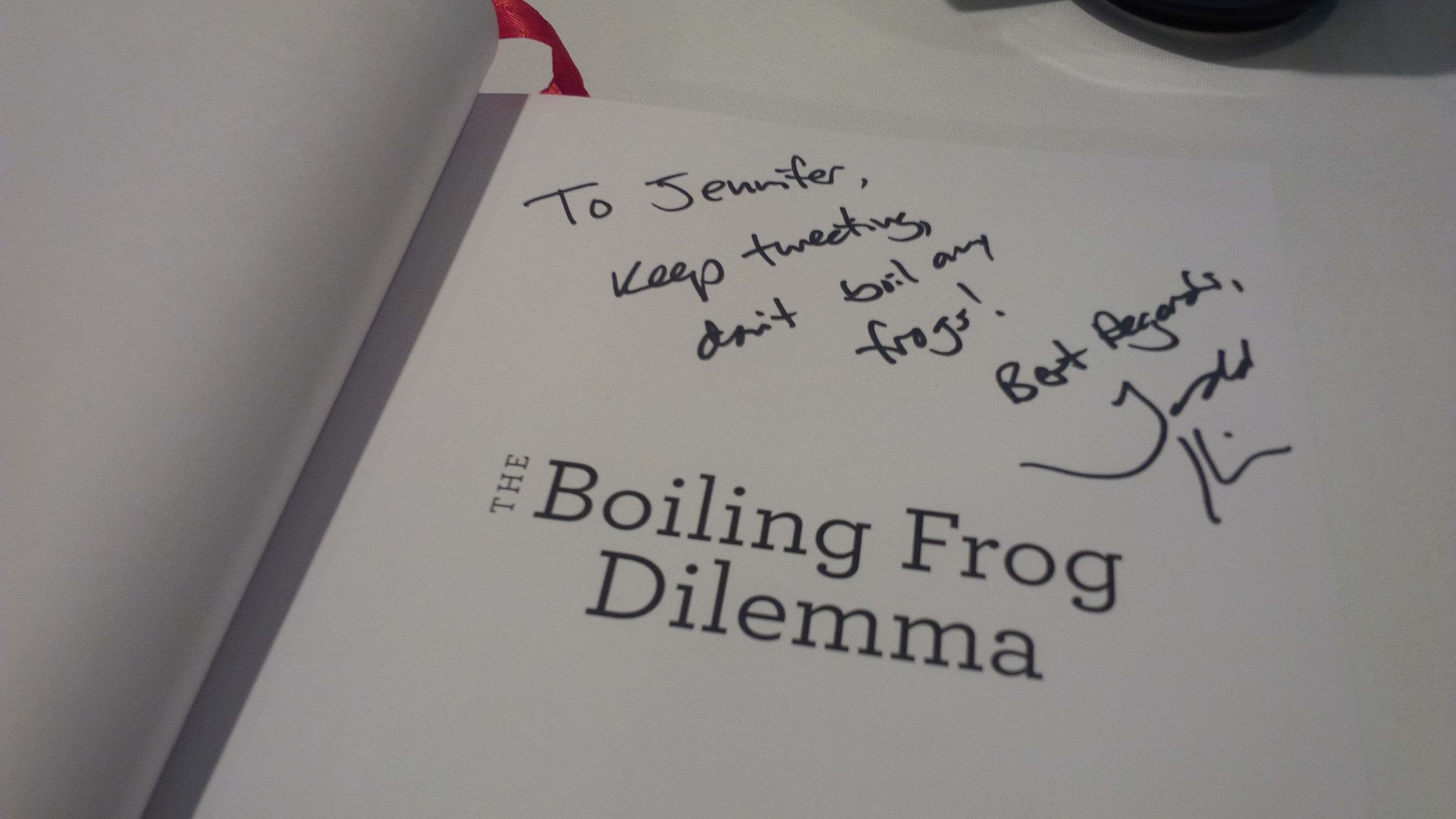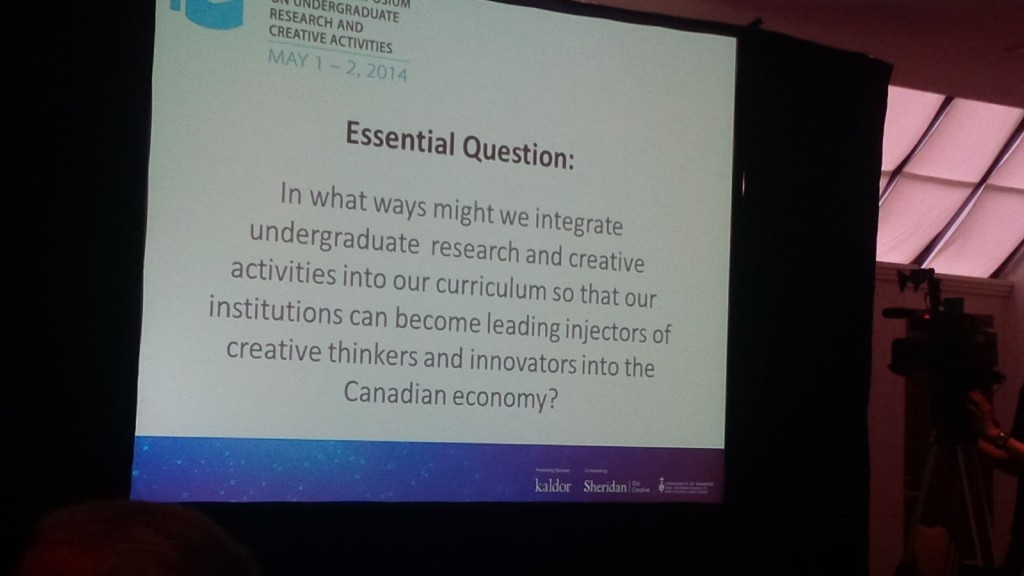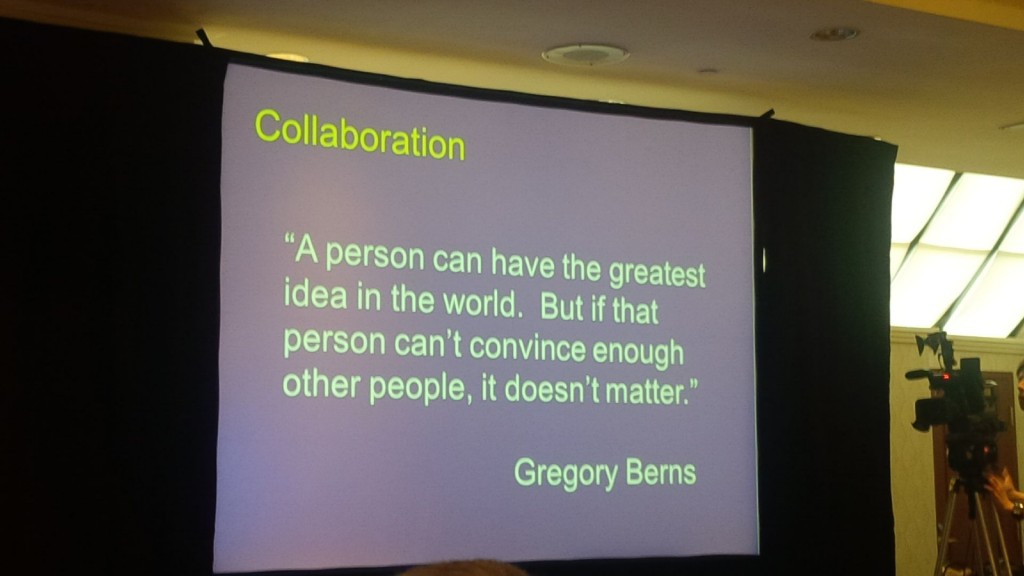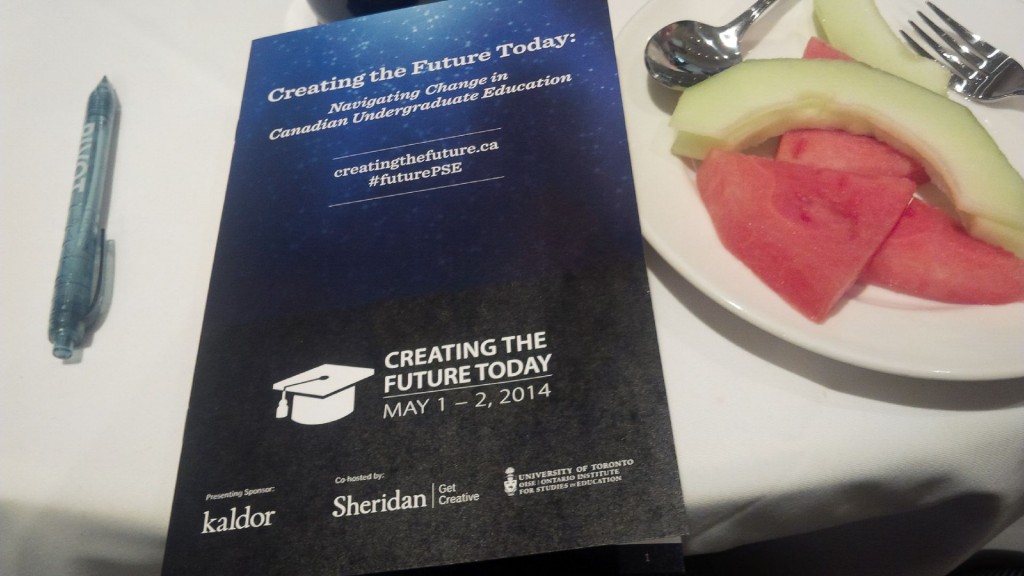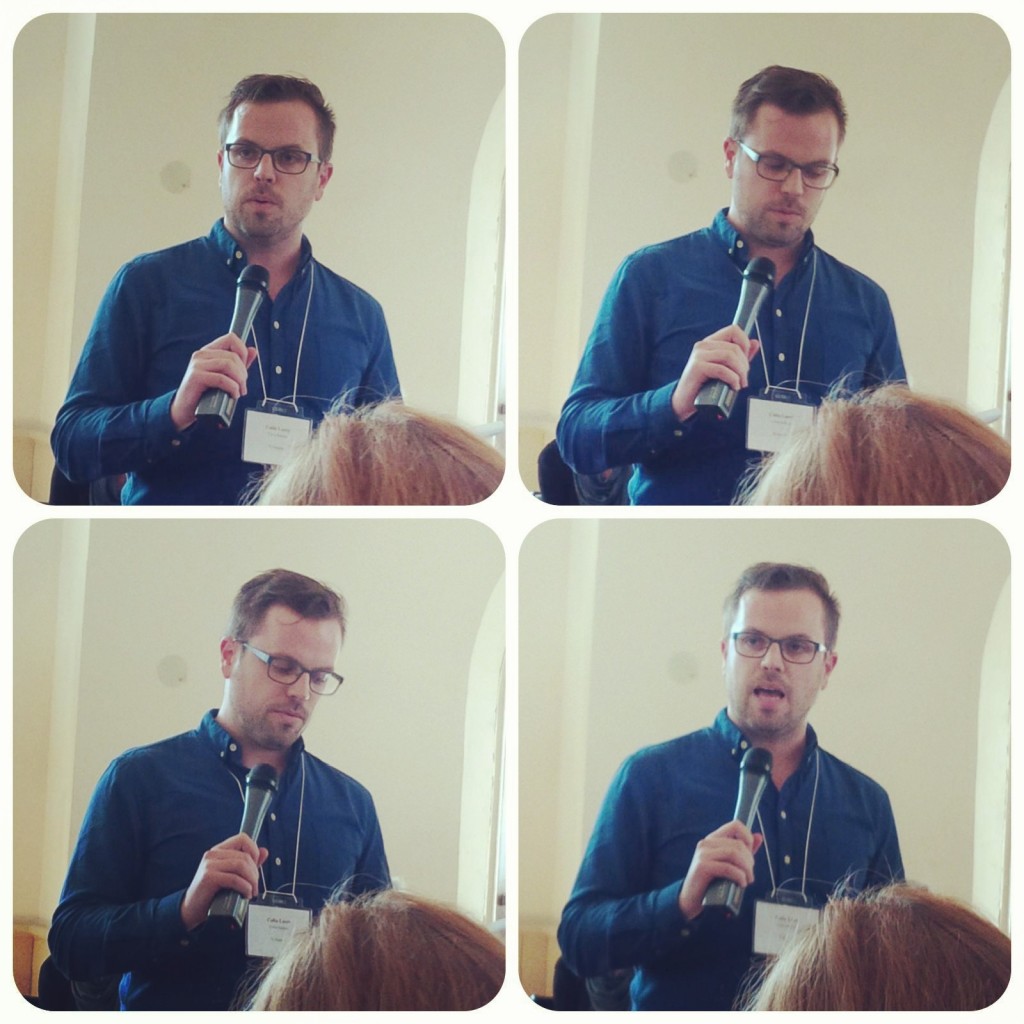Can you break up with a company you started? What if you still want to be friends? Exhibit Change and I have a complicated relationship.
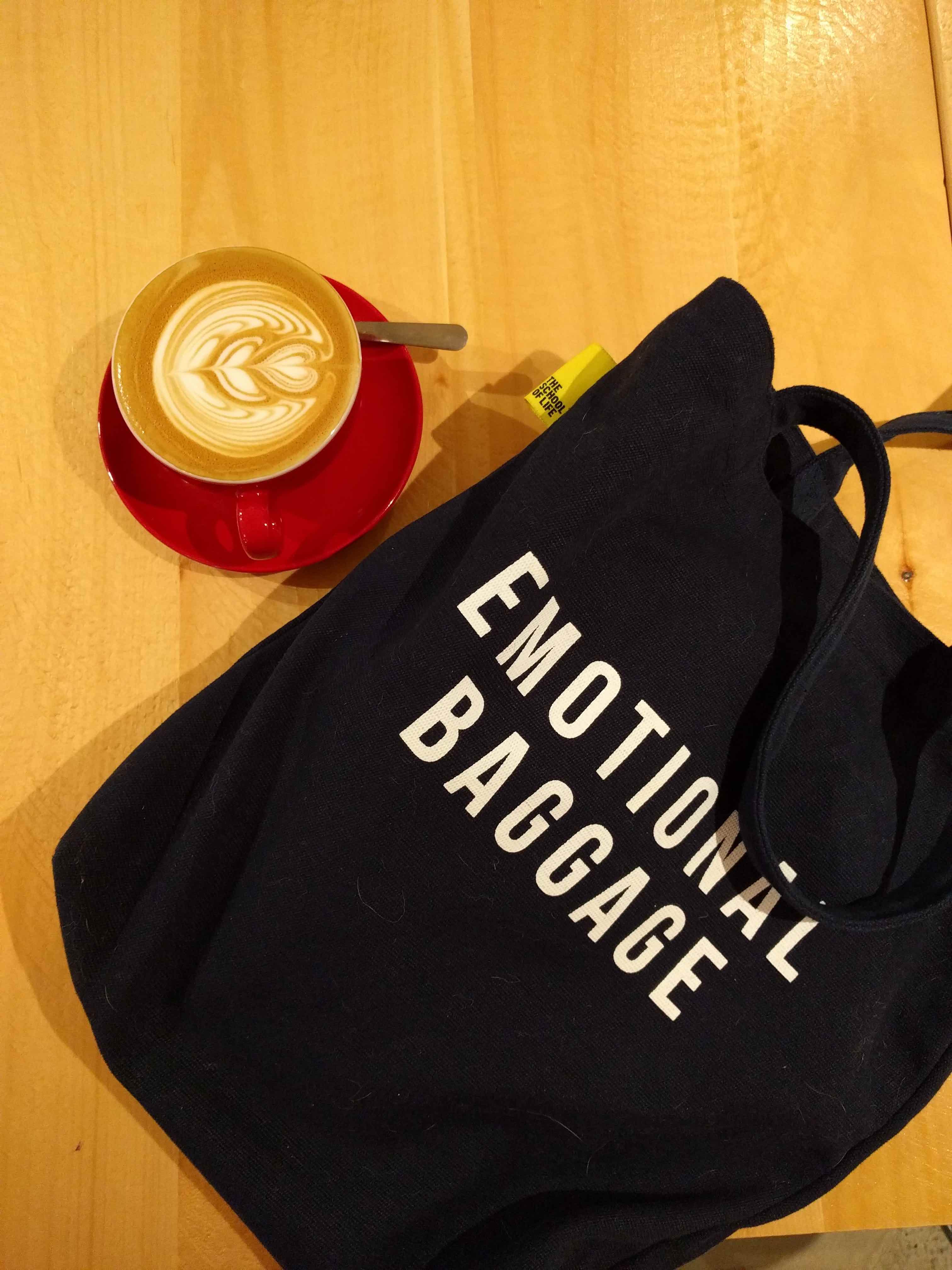 It all started in 2009. I thought I needed Exhibit Change. It was a relationship created out of dependancy. We have had our struggles. Our relationship status didn’t always make sense to the outside world. People would ask if we were together, and sometimes it was a firm yes and other times, it was like we were seeing other people.
It all started in 2009. I thought I needed Exhibit Change. It was a relationship created out of dependancy. We have had our struggles. Our relationship status didn’t always make sense to the outside world. People would ask if we were together, and sometimes it was a firm yes and other times, it was like we were seeing other people.
People would ask, “Is this an Exhibit Change project or a Jenn project?”
I wanted the two to be the same, but the problem was Exhibit Change had to be something other people could get on board with. It had to be scalable. It had to have a business model. It had to be focused. It had to be something that was bigger than me.
This is why I started referring to Exhibit Change as “we”. Even though the majority of the time it was just me. It was like having a multiple personality disorder. I was told not to let Exhibit Change look too much like one person at the helm and instead act like there was a big company behind the logo.
This summer I realized something. Exhibit Change isn’t a company anymore. To be honest, it never really was. I was trying to force it to be something it wasn’t and in turn, it was trying to change me. That isn’t a good foundation for any relationship.
Here’s what I have come to realize. I don’t need Exhibit Change the way I did when this all started. I don’t want to be a founder anymore. I don’t need to be the boss. I don’t need to make all the decisions. I don’t need to worry about growing my company. I just want to do the work.
Looking back, I thought starting a business was the only way I could make a commitment to the type of work I wanted to be doing. I wanted to use my design facilitation and experience in community engagement to give voice to stakeholders, especially the ones that don’t usually get invited to participate. So I had to look for organizations that wanted to do that too, but didn’t know how or have the time to do it. This was a HUGE challenge. It wasn’t that there wasn’t a desire or need for this work, but to find the right clients, work with them to shape a project and then find budget, this meant I spent a lot of time doing client management, business development, sales, administration and accounting. This usually wasn’t a good use of my skills.
It also meant that I didn’t share everything I was working on through Exhibit Change. This was always hard for me. And made me feel like I was cheating on Exhibit Change. I was out having relationships, learning and growing from them and obviously bringing back that learning and yet I couldn’t share the way I wanted to. It made me feel dishonest. I didn’t like that. It always felt like I had to hide a part of myself from you.
One thing that I have always loved about Exhibit Change, is the people. The people who I have gotten to work with, to collaborate with, to learn from, to fight with, to ask for help, to share with – that’s YOU! You are what has kept me from leaving.
Over the last year, I have had numerous conversations with social entrepreneurs, with service and design thinkers, with systems change practitioners and mentors and this is what I want. I want to be a systems change facilitator. I want to continue to share with the Exhibit Change community all that I am learning and I want to feel like I can be my whole self here.
I am finally at a place where I am doing the work I want to be doing and while I couldn’t have done it without everything Exhibit Change has given me, I am not longer doing the work as Exhibit Change in the same way I was before.
So instead of holding back from sharing all that is happening because it isn’t happening under the Exhibit Change umbrella, I am going to be opening up my boundaries and sharing all the systems change work I am participating in moving forward. It only makes sense as my work keeps shifting and I continue to grow in this work.
In the weeks to come, I will start sharing more of what I am working on, ideas I have on the go and just generally projects I think are awesome. There’s a lot going on and it is pretty freaking exciting!
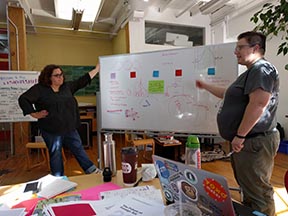 I started writing a reflection the weekend following the first weekend of the retreat to try and capture my thoughts about the weekend. That was nearly 3 months ago now…oops.
I started writing a reflection the weekend following the first weekend of the retreat to try and capture my thoughts about the weekend. That was nearly 3 months ago now…oops.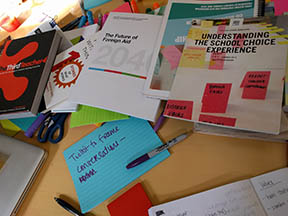 And while I encouraged the participants of the Designership to reflect right away, and
And while I encouraged the participants of the Designership to reflect right away, and 